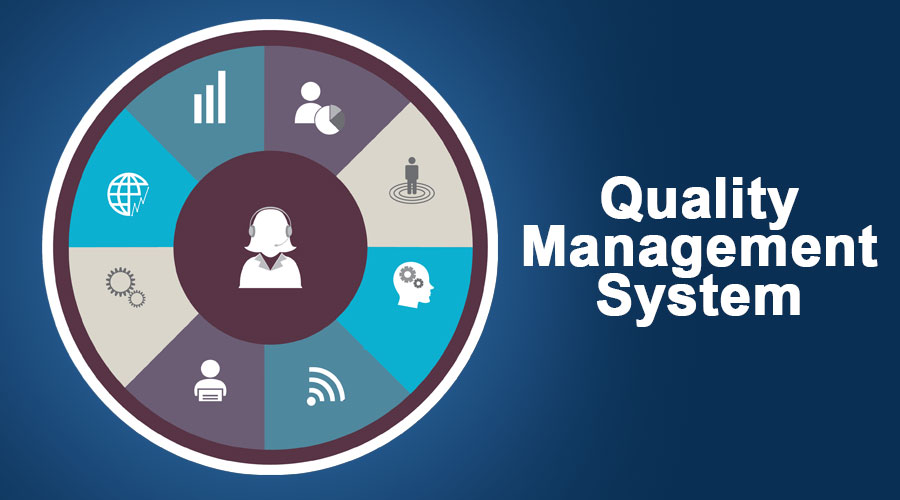
Construction quality management offers a systematic way of delivering projects with first-time quality. A quality management plan sets forth standards and requirements for achieving this quality; plus procedures to monitor, improve, and meet these expectations.
Construction quality issues often stem from inadequate supervision and documentation, leading to costly rework for both contractor and owner alike.
Construction quality management involves conducting periodic inspections at key stages in the project to ensure compliance with client specifications and applicable regulations, identify any potential problems early, and avoid costly delays.
An effective inspection system requires a stringent quality control (QC) and quality assurance (QA) plan, complete with scheduled inspections conducted by relevant experts and an effective plan that allows real-time problem-solving for improved chances of meeting quality standards.
Inspections should take place during the pre-construction phase and should include an exhaustive testing procedure. This may cover anything from concrete stiffness and weld quality to soil composition and should ideally be conducted by certified specialists so as to provide accurate and reliable test results. Furthermore, documenting and reporting quality incidents is another key aspect of inspections which can then be used to enhance future ones.
Checklists are an indispensable component of construction quality management, helping managers and workers ensure all details are taken into account, work is performed accurately and that the finished product meets project specifications. They also serve as proof that critical safety protocols were adhered to.
Construction checklist templates enable teams to easily record vital information without disrupting workflow. From documenting foundation laying correctly, completing structural work from basement to roof level or checking that building services like plumbing, plastering and windows are in place - they can use digital forms that can be completed while on-site using mobile phones or tablets.
These forms offer an ideal way for workers and operatives who require accessing checklists on-the-go to record information quickly and conveniently. You can access and sign off these forms from anywhere with internet connectivity - making them ideal tools for mobile operations and workers who must access them quickly.
Continuous improvement is an integral component of construction quality management. It allows you to reduce waste and error, improve first-time quality and boost employee morale while optimizing resources such as inspection or rework time.
Documenting quality incidents is a crucial component of the Kaizen process. By keeping track of quality incidents, you can identify issues which need correcting and make necessary changes accordingly. Furthermore, using this data as part of the Kaizen process, strategies may also be devised for avoiding future issues with similar characteristics.
The Kaizen process engages all members of a team and encourages employees to take responsibility for their work, which boosts employee morale and can reduce turnover costs in the long run. Furthermore, Kaizen programs can improve first-time quality while decreasing rework costs, leading to higher customer satisfaction and greater profits for your company - hence its inclusion as part of a construction quality management strategy is so vital.
Construction companies must establish an in-house training system to ensure all supervisors, superintendents and crew members are on the same page regarding quality. When there is a clear process outlined for how work should be completed and at what quality level, achieving project goals becomes much simpler for everyone involved. Furthermore, Kaizen methodologies can reduce costs associated with redoing portions or tasks of jobs or tasks that have already been done twice.
Training also enables supervisors to set expectations for their crews and provide feedback on their performance, which improves first-time quality, increases efficiency, and decreases the time needed for punch lists and rework.
Construction projects can be expensive, requiring considerable resources including manpower, materials and equipment to complete successfully. High-quality construction results in fewer mistakes that cost money to fix later, improved safety for workers and the public and faster project completion times. By investing in an effective management system for each job site, contractors can increase first time quality while simultaneously increasing profits over time.
In conclusion, ensuring proper construction quality management is essential for the success of any project. From establishing clear quality standards to conducting regular inspections and audits, attention to detail plays a crucial role in delivering a high-quality end result. However, quality management is just one aspect of a seamless design process. If you're interested in diving deeper into the steps involved in mechanical machine design, feel free to check out our comprehensive guide on Archidrenaline: Steps in Mechanical Machine Design. Discover how to turn innovative ideas into functional and reliable machines through a systematic design approach.